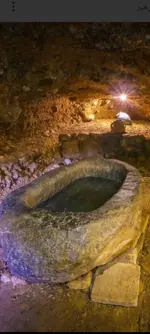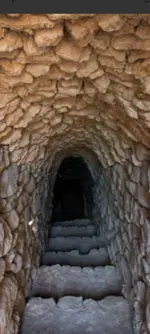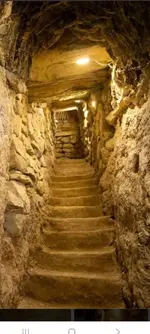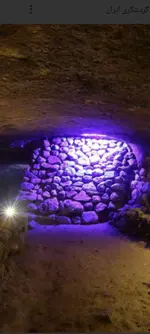sandy1
Bronze Member
- #5,981
Thread Owner
It wasn't just the churches men involved with these treasures here in America it was the kings men which they could do anything they wanted since they owned this New World before the Mexicans rebelled and kicked the Spanish out forcing the Spanish to hide all these treasures. so like I said the Spanish Empire couldn't roam free in Iran in the 1700s during the time period they made these hidden treasure layouts, for that matter why would there be any reason to have buried Spanish treasure in your country at all?







